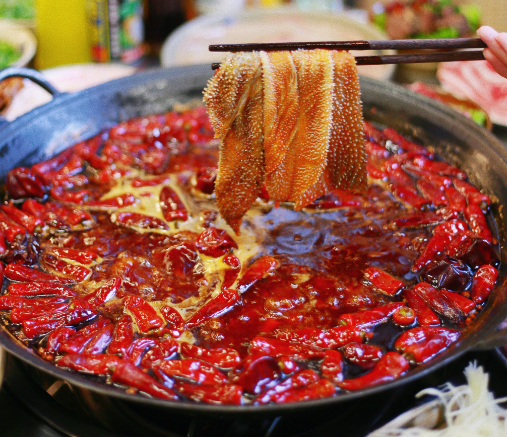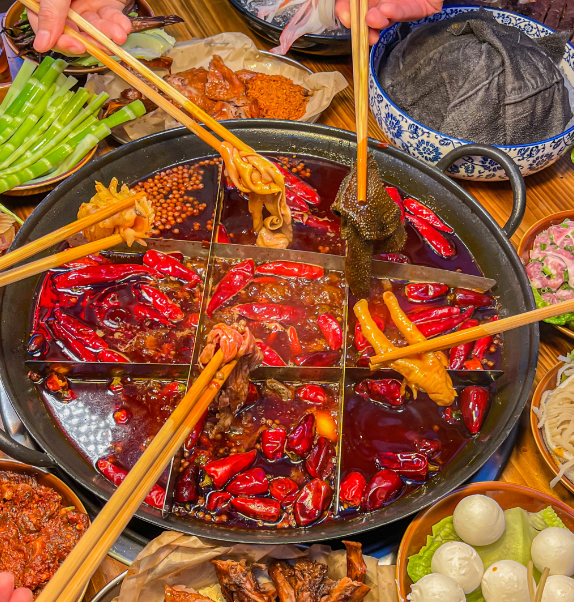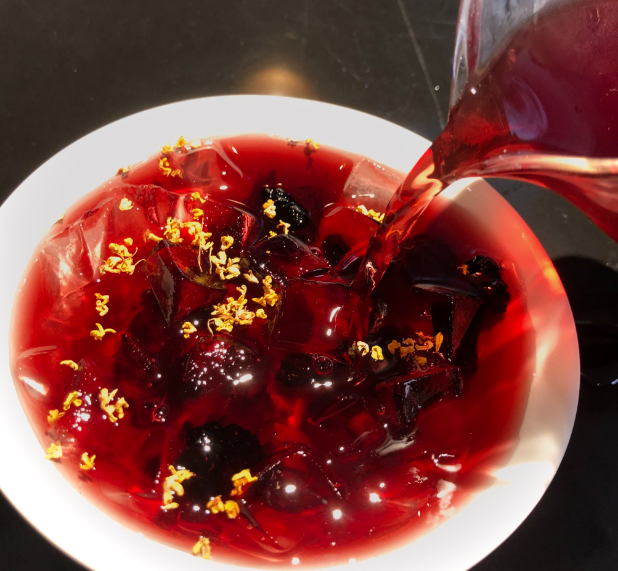Chengdu hotpot, a cornerstone of Sichuan cuisine, is more than just a meal—it’s a cultural experience. Originating in the late Qing Dynasty among laborers along the Yangtze River, this dish has evolved into a beloved symbol of Chengdu’s vibrant food scene. Known for its fiery broth, diverse ingredients, and social dining style, it captivates locals and travelers alike.
The Heart of the Hotpot: Broth and Spices
The soul of Chengdu hotpot lies in its broth, a complex blend of Sichuan peppercorns, chili peppers, garlic, ginger, and slow-cooked beef tallow. The result is a mala (numbing and spicy) flavor, a hallmark of Sichuan cuisine.
For those preferring milder options, many restaurants offer a “Yin-Yang pot” with both spicy and clear broths.
Ingredients: A Feast for the Senses
Chengdu hotpot celebrates variety. Thinly sliced meats like beef, lamb, and pork are staples, while offal delicacies such as crispy tripe (blanched for 7-8 seconds)and tender beef aorta (黄喉) showcase bold culinary traditions.
Fresh vegetables, mushrooms, tofu, and handmade noodles balance the heat. Seafood like shrimp and fish balls add a touch of sweetness.
The Art of Dining Together
Hotpot is inherently communal. Friends and family gather around a simmering pot, cooking ingredients at their pace while sharing stories. The interactive meal fosters warmth and connection, making it a winter favorite and a year-round social ritual.
Tips for First-Timers
Customize your dip:
Mix sesame oil, minced garlic, and soy sauce to cool the spice.
Order wisely:
Start with classic choices like tripe, sliced beef, and leafy greens.
Embrace the culture:
Pair your meal with local drinks like suanmeitang (sweet plum juice) to soothe the palate




















No comments yet